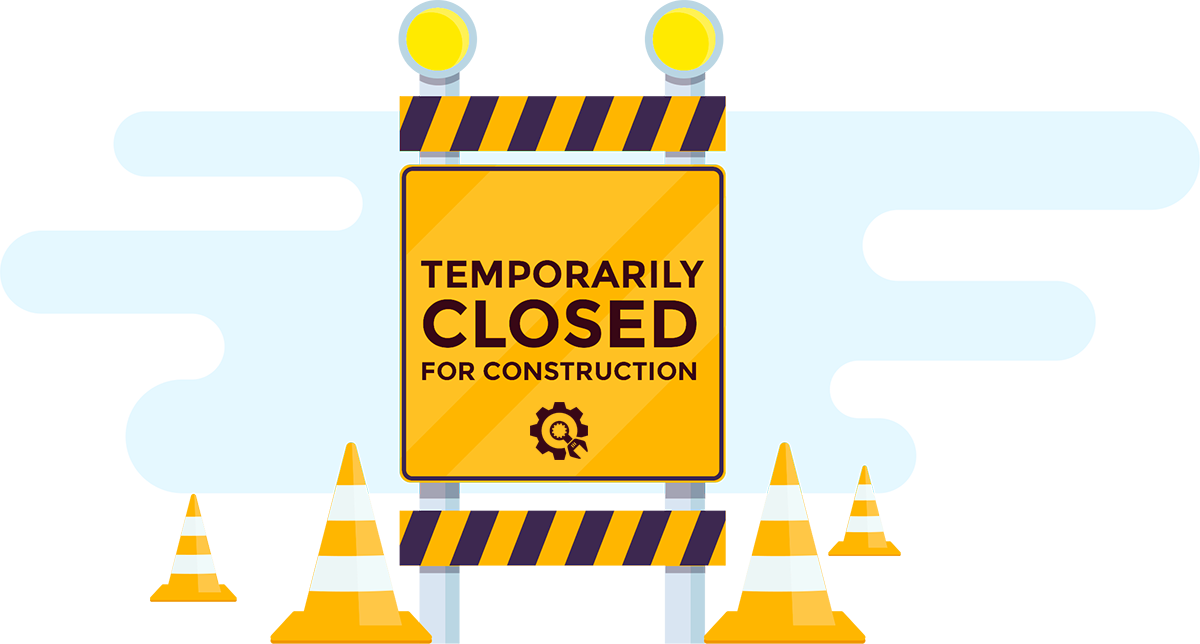

Most of the emergency service companies and disaster restoration contractors listed on this site were done so about ten years ago, so many of the listings may now be out of date.
We're currently performing necessary maintenance and reconstruction of the site, but plan to be back shortly and continue to showcase the top property restoration companies in the country. Thank you for your interest.